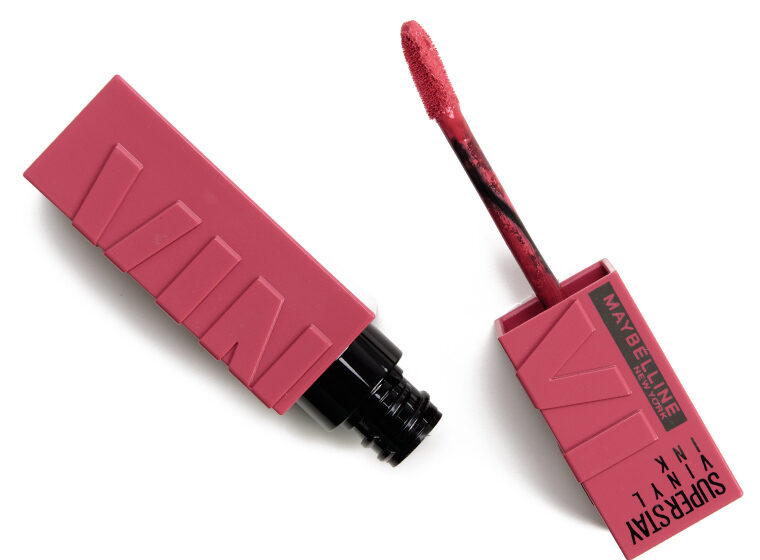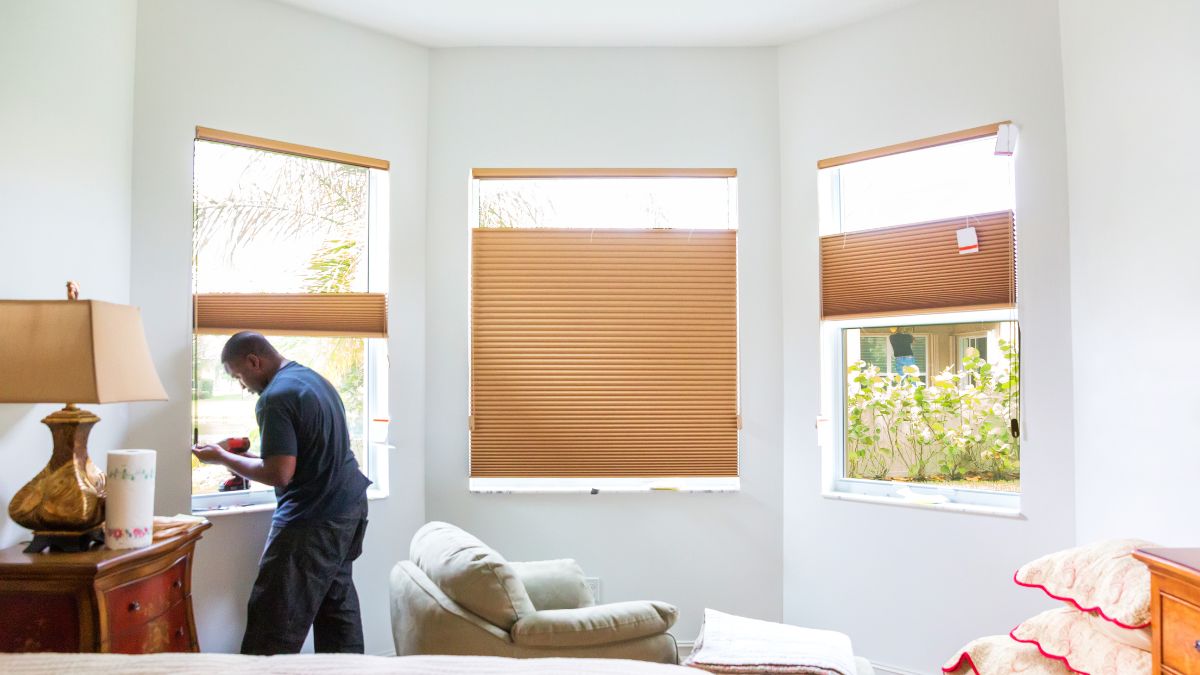
Energy-Efficient Window Treatment
Connecting with nature is as simple as opening your home’s windows. With energy-efficient window treatment options you can keep your house at a comfortable temperature while letting in natural light and air. However if they allow air to leak out, it might lead to wasted energy from your home’s heating and cooling systems.
An estimated 25% of your yearly cooling and heating expenditures can be attributed to air leakage from your windows. For homeowners of older properties, the figure might rise to as high as 40 percent. Insufficient window insulation is a significant contributor to energy waste.
Table of Contents
Following are the top 6 energy-efficient window treatment options for homes
1. Window Film with a High Reflectivity Coating
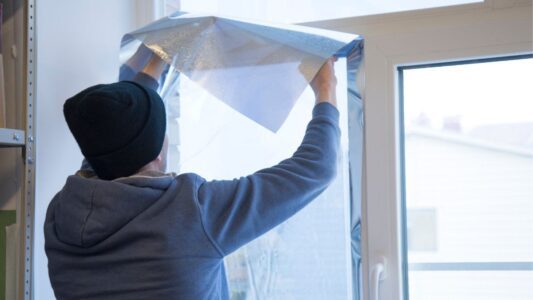
One of the most well-liked modern ornaments is high-reflective window film. It’s a protective coating designed to reduce solar heat gain and make your environment more comfortable. It’s also an excellent option for window coverings in places with mild winters. Consequently it can help you save both money and energy.
Particularly useful in the summer heat, this window film mimics the performance of a radiator to keep your home cooler. It may also shield your home from UV rays, which can fade your furniture and carpet. It can also aid in extending the life of your carpets and hardwood furnishings
2. Skylight Shades
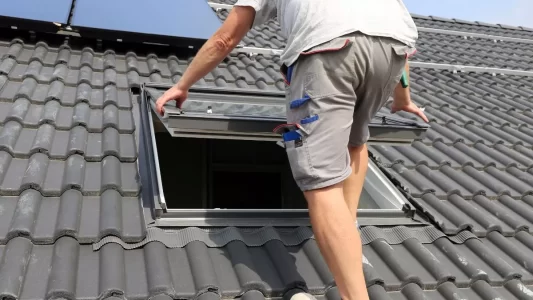
Putting up window coverings is the most straightforward and efficient technique to reduce energy use at home. You can reduce heat loss and gain by mounting them as near as possible to the windows and the neighboring wall. And therefore, the key to improving your home’s energy efficient window treatment lies in its installation.
Skylight shades with two layers of cloth are an option. They’re double-sided, with one side being dark and the other being light, and may be used to do several tasks. Try switching the blinds’ orientation from season to season as well. In the winter, dark colors may keep you warm by soaking up the sun’s rays, while in the summer, light colors can help you keep cool by reflecting them.
Skylight shades may be adjusted to fit any position of the window. They are available in various styles, sizes, materials, and hues to complement any decor and fit snugly into every window opening. As a result, using them will lessen the energy-efficient window treatment used to heat and cool the building due to the sun.
3. Awnings
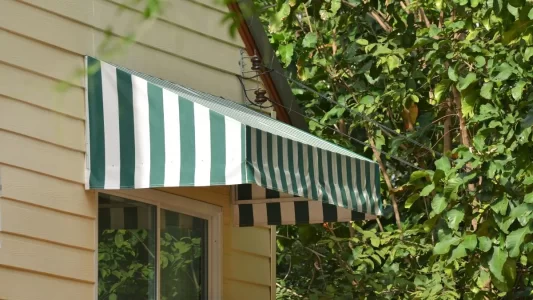
Even before central air conditioning was commonplace, awnings were a standard fixture in most buildings. You may cut your home’s heating and cooling costs by using them as a passive heat blocking window treatment. They may act as a stylish accessory to your house and a practical shield from the heat and glare of the sun in the warmer months.
Awnings are an excellent way to cut down on solar heat from the sun by as much as 65% for south facing windows and 77% for west facing ones. One way they may be helpful is by reducing the heat in the summer by obstructing the sun from entering a room via the windows. You may utilize them to let the sun’s warmth into your home throughout the winter.
4. Drapes
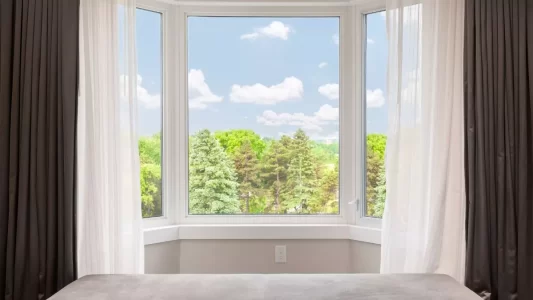
Drapes are an excellent choice for covering your windows at home. They are a form of interior decoration made from thick fabric that may be used to increase thermal efficiency. They help block off the cold in the winter and the sun in the summer. They are so long that you can use them to clean the entire window from top to bottom.
Drapes come in diverse patterns, hues, and textiles, but those featuring white plastic backing are a practical choice. When closed they can lower your cooling expenses by up to 33% during warm weather. To maximize their effectiveness, ensure that they are firmly secured like any other window treatment.
5. Roof Overhangs
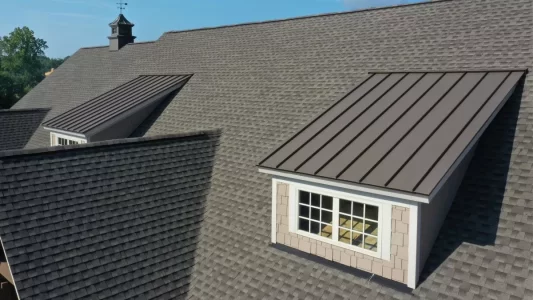
A house with a roof overhang may be kept cooler in the summer and warmer in the winter. Depending on where you put them and how deep they are, they may provide welcome summer shade while letting in cozy winter light. Because of this, you may reduce the time and energy spent cooling and heating the home.
6. Blinds
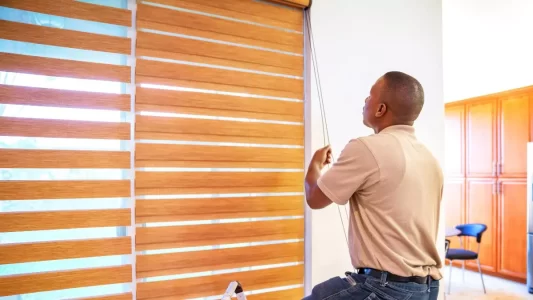
The use of blinds is essential for reducing home energy costs. You can keep the right amount of light, privacy and ventilation by installing them inside and outside your home’s windows. By closing them or lowering them on bright days they may cut heat absorption in a room by as much as 45 percent. They can efficiently deflect the sun’s rays before they warm the interior of your home through the windows.
Conclusion
Homeowners often add decorative touches to their windows that serve no practical use. However you should also be aware that window coverings like those energy-efficient window treatment options mentioned above can aid energy and cost savings. Their use will also contribute to the environmentally friendly enhancement of your home’s energy efficiency

